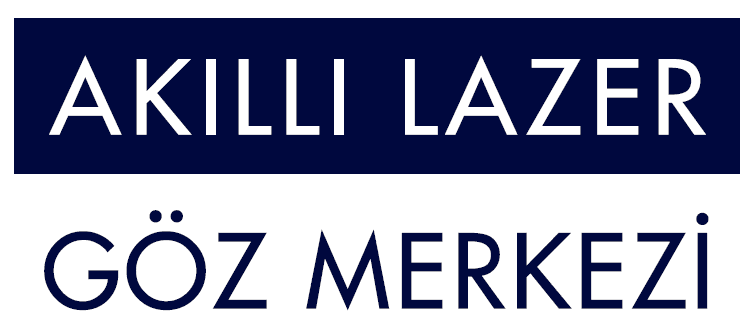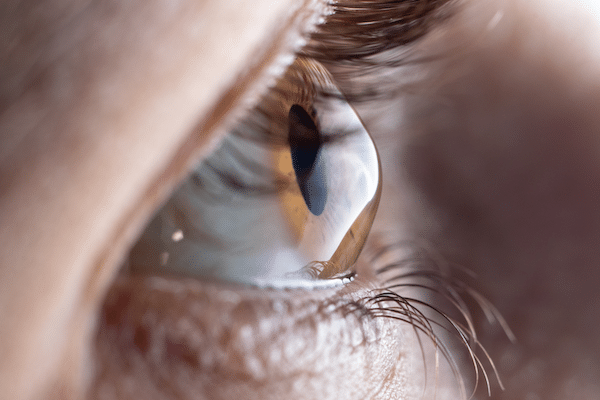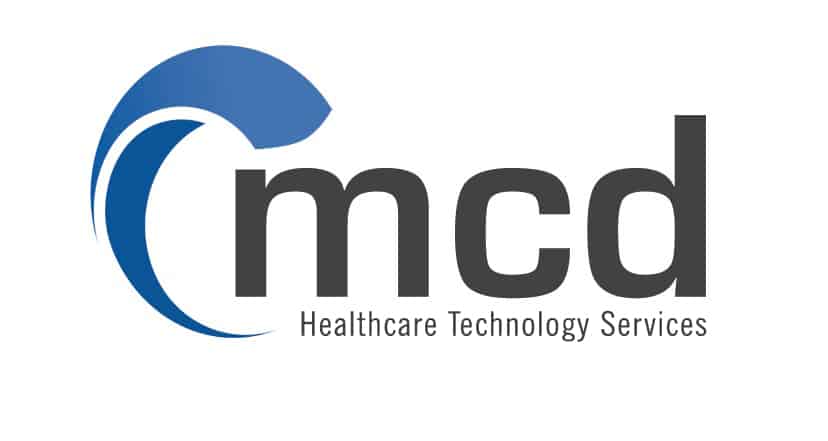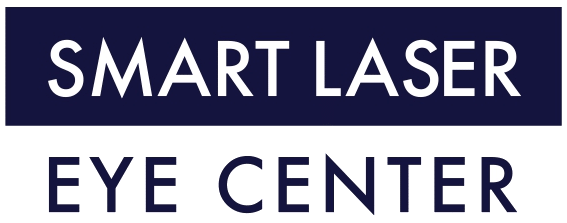Keratoconus Cross-Linking Surgery
Keratoconus Disease – Cross-Linking Surgery
Keratoconus Cross-Linking
Keratoconus disease causes blurred vision of the cornea, which develops in the shape of an outward cone, and may cause sensitivity to light and glare. Usually Keratoconus affects both eyes, but often affects one eye more than the other. It usually begins to affect people between the ages of 10 and 25. The condition may progress slowly for 10 years or more. The development of disease usually slows down and stops after the age of 35. Cross-Linking Surgery also very effective treatment of disease.
In the early stages of keratoconus,
you can correct vision problems with glasses or contact lenses. You may then need to continue treatment with other types of lenses, such as rigid, permeable contact lenses or scleral lenses. If there is no treatment and your condition progresses to an advanced stage, you may need a corneal transplant.
Treatment Method
Especially Cross-linking surgery is performed to increase the biomechanical stability and stiffness of the cornea in order to prevent the progression of keratoconus. Technically, in the center of the eye, with a diameter of approximately 6-7 mm, the epithelium, which is the top layer of the cornea, is stripped and 0.1% Riboflavin solution (also known as vitamin B₂ as Riboflavin content) to be dripped into the eye, ultraviolet-A radiation light at a wavelength of 370 nm is applied in accordance with a certain procedure. It is done with the application by the doctor.
Ultraviolet-A radiation light activates Riboflavin, leading to the formation of collagen bonds between collagen fibrils and corneal stroma and an intense healing process in the anterior stroma. This technique should not be applied to patients with a central corneal thickness of less than 400 microns, as it may cause a risk of toxic reactions in the endothelium, the innermost layer of the cornea.
Laser Eye Treatment
According to the condition of the cornea and eye structure, in patients with keratoconus whose progression has stopped after the age of 35, first Laser Eye surgery and immediately after cross-linking surgery can be performed and the patient can get rid of his glasses or lenses. Patients are treated under the Sensitive Profile Patient Program.
ICL (Intraocular) Phakic lenses can be a very effective solution in the treatment of eye defects in patients who have had Cross-Linking treatment in disease and whose development of Keratoconus has stopped. Click for information about ICL (Intraocular Lens)…
These treatments can be offered in addition to the above vision correction options, depending on the patient’s condition.
Symptoms
Although keratoconus is of varying severity. Therefore it typically affects both eyes and has well-known signs and symptoms. Furthermore there is no clear consensus on the signs and symptoms associated with early stage. And these findings can be detected with a state-of-the-art corneal tomography device. The early stages of the disease are often referred to as subclinical or form-fruste keratoconus. But there are no unified criteria for the use of these two terms. Subclinical keratoconus is typically a reference to one eye with normal corneal hourglass findings and topographic signs of disease (or questionable topographic findings) in the other eye with keratoconus.
The signs and symptoms of keratoconus may change as the disease progresses.
- Blurred or distorted vision.
- Increased sensitivity to bright light and glare, which can cause problems when driving at night.
- The need for frequent changes in eyeglass prescriptions.
- Sudden worsening or blurred vision.
When to see a doctor
If your eyesight is deteriorating rapidly due to astigmatism, you should definitely call our hospital and see your ophthalmologist. During routine eye examinations in our hospital, especially keratoconus symptoms are analyzed and risk is determined.
Causes of the Disease
Although the cause cannot be determined exactly, among the causes of the disease in medical research; It has been determined that genetic and environmental factors from the family are caused by asthma, eczema, allergies, intense eye rubbing. About 1 in 10 people with keratoconus have a parent factor in the condition.
Risk factors
These factors can increase your chances of developing keratoconus:
- Having a family history of keratoconus
- Rub your eyes vigorously
- Having certain conditions such as retinitis pigmentosa, Down syndrome, Ehlers-Danlos syndrome, hay fever, and asthma
Complications
In some cases, your cornea can swell rapidly, causing a sudden decrease in vision and scarring of the cornea. This is caused by a condition where the inner lining of your cornea breaks down, allowing fluid to enter the cornea (hydrops). The swelling usually goes away on its own, but a scar may form that affects your vision.
Advanced keratoconus can cause injury to your cornea, especially where the cone is most prominent. An injured cornea causes worsening vision problems and may require corneal transplant surgery.
Diagnosis
To diagnose keratoconus, our hospital’s ophthalmologist will review your medical and family history and perform an eye exam. He or she may do other tests to determine more details about the shape of your cornea. Tests to diagnose keratoconus include:
Eye breakout. In this test, your eye doctor uses special equipment that measures your eyes to check for vision problems. He may ask you to look at a device with different lenses to help you determine which combination gives you the sharpest vision. He or she may also use a retinoscope to evaluate your eyes.
Examination with a bio-microscope (Slit-Lamp). In this test, your doctor directs a vertical beam of light to the surface of your eye and uses a low-power microscope to view your eye. It evaluates the shape of your cornea and looks for other potential problems with your eye.
Keratometry Test
In this test, your eye doctor focuses a circle of light on your cornea and measures the reflection to determine the basic shape of your cornea.
Computerized corneal mapping
Special photographic tests such as corneal tomography and corneal topography record images to create a detailed shape map of your cornea. A corneal CT can also measure the thickness of your cornea. Corneal tomography can detect early signs of keratoconus before the disease appears during examination with the Bio-Microscope.
Useful links:
About our eye surgeons. Presbyopia LASIK Laser Eye Surgery. LASIK Laser Eye Surgery. NoTouch T-PRK Laser Eye Surgery. PRK Laser Eye Surgery. Sensitive Profile Patient Program. LASIK Definition. FAQ.
Frequently Ask Questions
At what age can I have Cross-Linking Surgery?
Keratoconus patients can have Cross-Linking Eye surgeries at any age, regardless of their age, to stop or slow the progression of the disease, according to your Doctor’s decision.
I have keratoconus, should I have Cross-Linking Surgery?
If you are a keratoconus patient and want to stop the progression of the disease, you should have Cross-Linking Surgery according to your doctor’s advice. In this way, the progress of your eye numbers will be stopped and slowed down.
I have keratoconus. Can I have Laser Eye Surgery?
Laser Eye Surgery
If you are a Keratoconus patient and you have reached the age of 35, it is expected that your Keratoconus development will stop or slow down. If your doctor determines that your Keratoconus disease has stopped and your eye is medically suitable for Smart Laser Eye Surgery, you can get rid of your glasses as Laser Eye Surgery. Having Cross-linking surgery before the age of 35 will give you an advantage. Because the lower your number, the higher your chance of meeting the corneal conditions for Laser Surgery. Especially in the case of Keratoconus patients who have laser eye surgery after the age of 35, Cross-linking surgery should be performed immediately after the Laser Eye Surgery to strengthen the corneal ligaments one more time for the future.
How much does Cross-Linking Surgery cost?
Keratoconus Cross-Linking cost per eye is applied in Cross-Linking surgeries. For more pricing information please click the link..
Your Expert Eye Surgeons

Education Information:
After graduating from primary school in Trabzon, Dr. Ofluoglu. He completed secondary and high school in Istanbul. He graduated from Istanbul University Cerrahpasa Faculty of Medicine in 1987. He successfully completed his ophthalmology residency at the Medical University of Vienna, Austria. He received his specialization equivalency in Turkey from Istanbul University Capa Faculty of Medicine . He worked as an Ophthalmologist at Taksim German Hospital between 1997-2014 as an ophthalmologist.Work experience:
German HospitalGalata Medical AcademyCertificates, Memberships, Scientific Publications:
- Articles Published in International Refereed Journals (Sci&Ssci&Arts And Humanities)
- Traenenwege from Die Endeskopie Der Ablrite. Akuchar, P. Novak,
- Ofluoglu FJ: Steinkogler. Spectrum Der Augenheikunde (1985)
- Volumersatz Der Orbita Myth Bioplastic. FJ Steinkogler, A. Kuchar,
- Novak, A.Ofluoglu Spektrum Der Augenheikunde
- Turkish Ophthalmology Association
- European Society Of Cataract And Refractive Surgeons
- American Society Of Cataract And Refractive Surgery
Specialized Treatments and Surgeries:
- Retractive Laser Eye Surgery: iLASIK (Femto Lasik), LASIK, LASEK, TransEpithelial PRK (NO TOUCH) and SMILE
- Cataract Surgery (Smart Lens Surgery)
- Keratoconus Treatments – Cross-Linking Surgeries
- Pterygium – Eyelid (Bird Wing) Surgery-
- Dry Eye Disease and Treatments
- Strabismus Treatments
- Glaucoma- Glaucoma Eye Pressure Treatments
- Diabetic Retinopathy – Treatments for Diabetes-Related Eye Diseases
- Macular Degeneration Disease Treatments
Foreign language:
- English
- German
Medical University of Vienna
35 Years of Experience
>35.000 Surgery
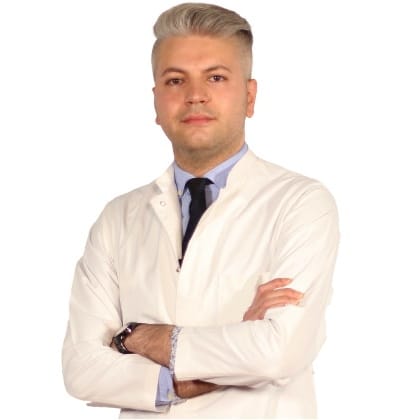
Education Information
He completed primary, secondary and high school in Baku. He graduated from Azerbaijan Medical Faculty in 2010. He completed his ophthalmology residency in Baku National Ophthalmology Center Azerbaijan . He was entitled to receive the Presidential Scholarship of the Republic of Azerbaijan in 2014, and completed the equivalence of specialization in Turkey in the Department of Ophthalmology, Faculty of Medicine, Selcuk University in 2014-2018, and worked as a research assistant and ophthalmologist at the university until 2018. He worked as an Ophthalmologist at Private LIV Hospital Nation between 2019-2022.Work experience:
- Selcuk University Faculty of Medicine
- Private LIV Hospital Ulus
Certificates, Memberships, Scientific Research:
- Peroperative developing choroidal detachment and its management.
- Surgical Approach in Posterior Polar Cataract.
- Iatrogenic retinal artery occlusion caused by cosmetic facial autologous fat filler injections.
- Effect of Smoking on Ocular Surface and Corneal Nerves.
- Lupus choroidopathy in a patient with discoid lupus erythematosus.
- Endophthalmitis and its treatment with early parsplanavitrectomy.
- Turkish Ophthalmology Association.
Specialized Treatments and Surgeries:
- Retractive Laser Eye Surgery: iLASIK (Femto Lasik), LASIK, LASEK, Trans Epithelial PRK (NO TOUCH) and SMILE
- Cataract Surgery (Smart Lens Surgery)
- Keratoconus Treatments – Cross-Linking Surgeries
- Pterygium Surgery
- Dry Eye Disease and Treatments
- Strabismus Surgery
- Glaucoma- Glaucoma Eye Pressure Treatments
- neuro ophthalmology
- Retinal Diseases Treatments
- Oculoplasty
- Uveitis Diseases
- Ectropion and entropion surgery – Eyelid deformity treatments
- Enucleation and Evisceration Prosthetic Eye Surgery
Foreign language:
- English
- German
- Russian
- Azerbaijani
- Turkish
Medical University of Selcuk
12 Years of Experience
>8.000 Surgery
Patients Reviews
Definitely avoid low-cost Cross-Linking Surgery
You may think that a cheap Cross-Linking surgery is right for you. This might be fine if you're buying a cheap TV, but it's not worth the gamble with your eyesight. But as you know, having cheap eye surgery means sacrificing technology, physician quality, medical care and sterile conditions, and most importantly, taking risks. The issues that fall on a patient who wants to have cataract surgery and should pay the most attention; The hospital with the latest technology in cataract surgery and imaging devices, a sterile environment, and an experienced doctor and clinical team should be selected. We would like to remind all our patients that they only have two eyes and that the most important and most sensitive sense organ is their eyes.
None of these things are more important than your eye health, and we do not compromise on quality and cutting-edge technology. We offer you our prices in a very understandable, fair and affordable way.
There are no hidden costs in our pricing. We make Cross-Linking Surgery affordable for you.
